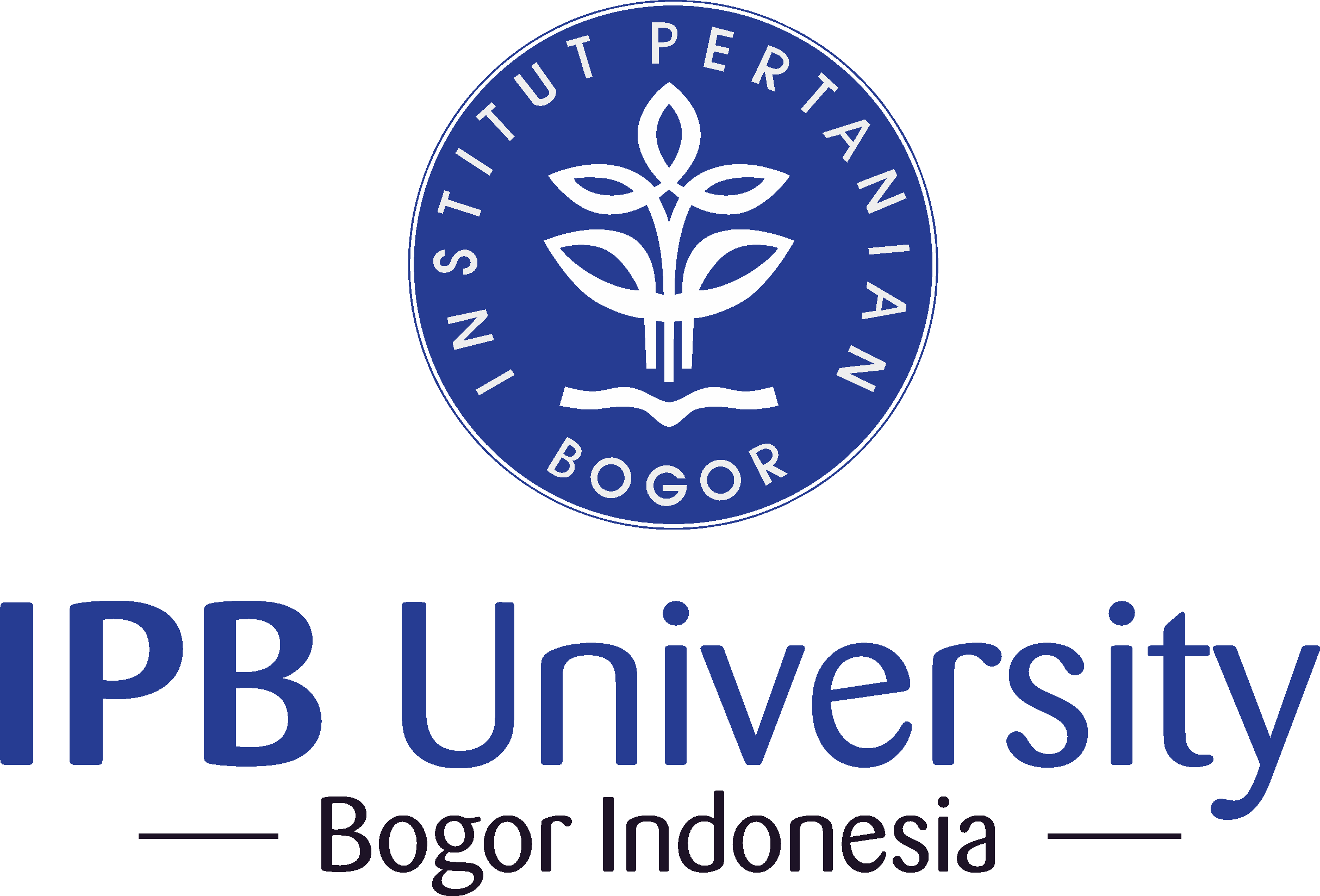The Antiaging Potential of Serum Formulations from Centella asiatica, Curcuma longa, Aloe vera, Rosa centifolia, and Salmon DNA on Injured Human Fibroblast Cells
Abstract
External aging factors such as UV exposure, pollution, and lifestyle choices contribute to skin aging, resulting in deep wrinkles, fine lines, and rough skin, which can lower self-confidence. Plant extracts have been widely studied for their antiaging potential, while Salmon DNA has shown promise in stimulating collagen production. This study explores the formulation of a serum combining Centella asiatica, Curcuma longa, Aloe vera, Rosa centifolia, and Salmon DNA for its antiaging effects on injured human fibroblast cells. The serum was formulated using extracts from C. asiatica, C. longa, A. vera, R. centifolia, and Salmon DNA. Antioxidant activity was evaluated with the DPPH method, cytotoxicity using the WST-8 assay, and gene expression through qRT-PCR for COL1A1, TGF-β1, HYAL-1, and FGF-2. The serum exhibited weak antioxidant activity (IC50 = 373.33 µg/ml) and reduced cell viability at high concentrations. Gene expression analysis revealed increased expression of COL1A1, TGF-β1, and FGF-2, along with reduced HYAL-1 expression in injured BJ cells. The formulated serum shows potential as an antiaging agent, promoting collagen production and reducing hyaluronidase activity.
Downloads
Copyright (c) 2025 Ermi Girsang, Teresa Liliana Wargasetia, Deni Rahmat, Marisca Evalina Gondokesumo, Mathelda Weni Harjanti, Wahyu Widowati, Fadhilah Haifa Zahiroh, Zahra Qisthi Saufa, Oktaviana Takasenserang, Dhanar Septyawan Hadiprasetyo

This work is licensed under a Creative Commons Attribution-NonCommercial 4.0 International License.
HAYATI J Biosci is an open access journal and the article's license is CC-BY-NC. This license lets others distribute, remix, tweak, and build upon author's work, as long as they credit the original creation. Authors retain copyright and grant the journal/publisher non exclusive publishing rights with the work simultaneously licensed under a https://creativecommons.org/

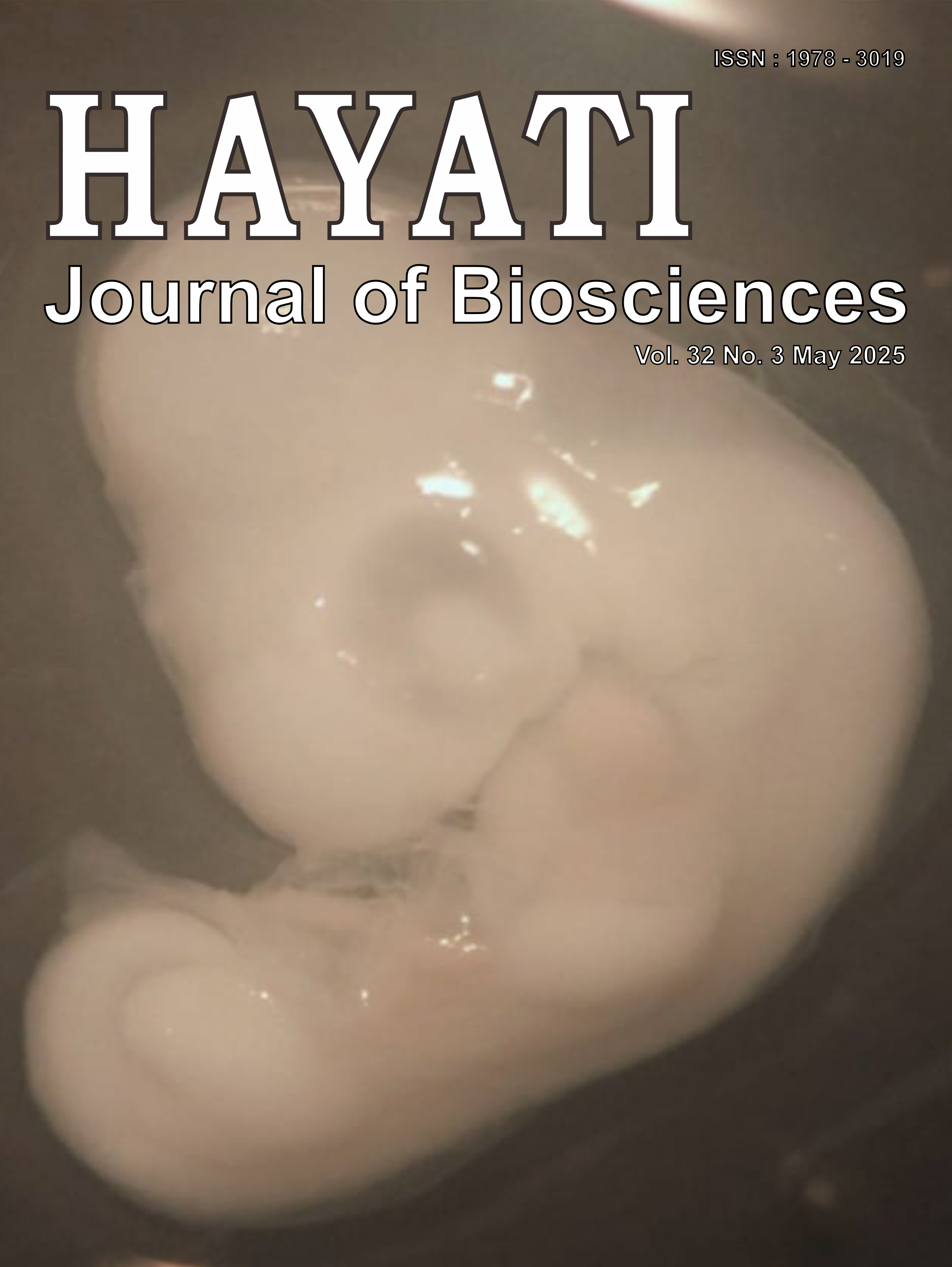








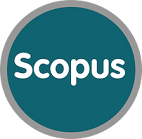
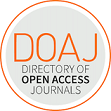




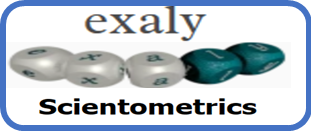




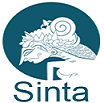

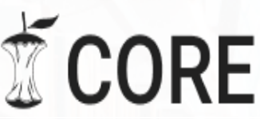
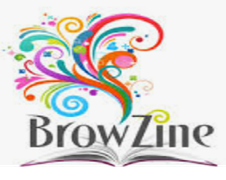
.png) IPB University
IPB University Department of Biology
Department of Biology The Indonesian Biological Society
The Indonesian Biological Society 